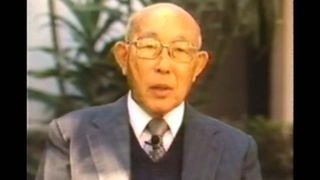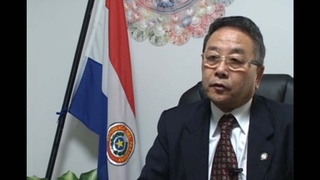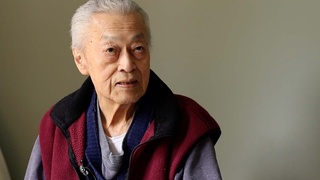Interviews
Learning About the Internment
So literally the first time that I ever knew anything about the internment was in my constitutional law class, my second year at Harvard, taught by Professor Lawrence Tribe. And I remember very distinctly the day that we talked about the internment cases. And in most law school casebooks they're put together, Korematsu and Hirabayashi, and it generally doesn't take more than one class session or not even that. It's part of the civil rights which focuses mostly on civil rights issues involving African Americans, but -- and also governmental powers. So I remember reading these cases and being struck with what seemed to me to be an obvious injustice and finding it hard to believe that the Supreme Court at that time in the 1940s...
We were also trained to, to feel that the members of the Supreme Court back then, people like William O. Douglas, Hugo Black, Frank Murphy, Harlan Stone, Felix Frankfurter, were great civil libertarians and civil rights defenders, and in many cases that was true. And so here you have an example of how they all in the first, in the Hirabayashi case, they all upheld the conviction on the ground of military necessity. And how could such liberal justices have done something like that?
Date: October 27, 2000
Location: Washington, US
Interviewer: Alice Ito, Lorraine Bannai
Contributed by: Denshō: The Japanese American Legacy Project.
Explore More Videos

Getting good guidance
(1913-2013) Doctor specializing in obstetrics in Southern California

Facing hardships in Japan (Japanese)
(b. 1979) Sansei Nikkei Brazilian who lives in Oizumi-machi in Gunma prefecture. He runs his own design studio.




Carrying on the Legacy in the Colony of Paraguay (Japanese)
(b. 1943) Paraguayan Ambassador to Japan


Getting a PhD under the G.I. Bill
(1919 - 2015) Nisei who served in World War II with the 442nd Regimental Combat Team

Requested assignment in Europe to avoid combat in the Korean War
(b. 1935) Sansei businessman.

Family’s Japanese roots and values
Sansei judge for the Superior Court of Los Angeles County in California

Facing housing discrimination in Rhode Island
(1934–2018) Japanese American designer, educator, and pioneer of media technologies

Adjustment to American life
(b. 1938) Japanese American. Hiroshima atomic bomb survivor


Teacher who helped with lisp
(b.1926) Democratic politician and three-term Governor of Hawai'i

Politics in ethnic studies
(1926 - 2012) Scholar and professor of anthropology. Leader in the establishment of ethnic studies as an academic discipline
